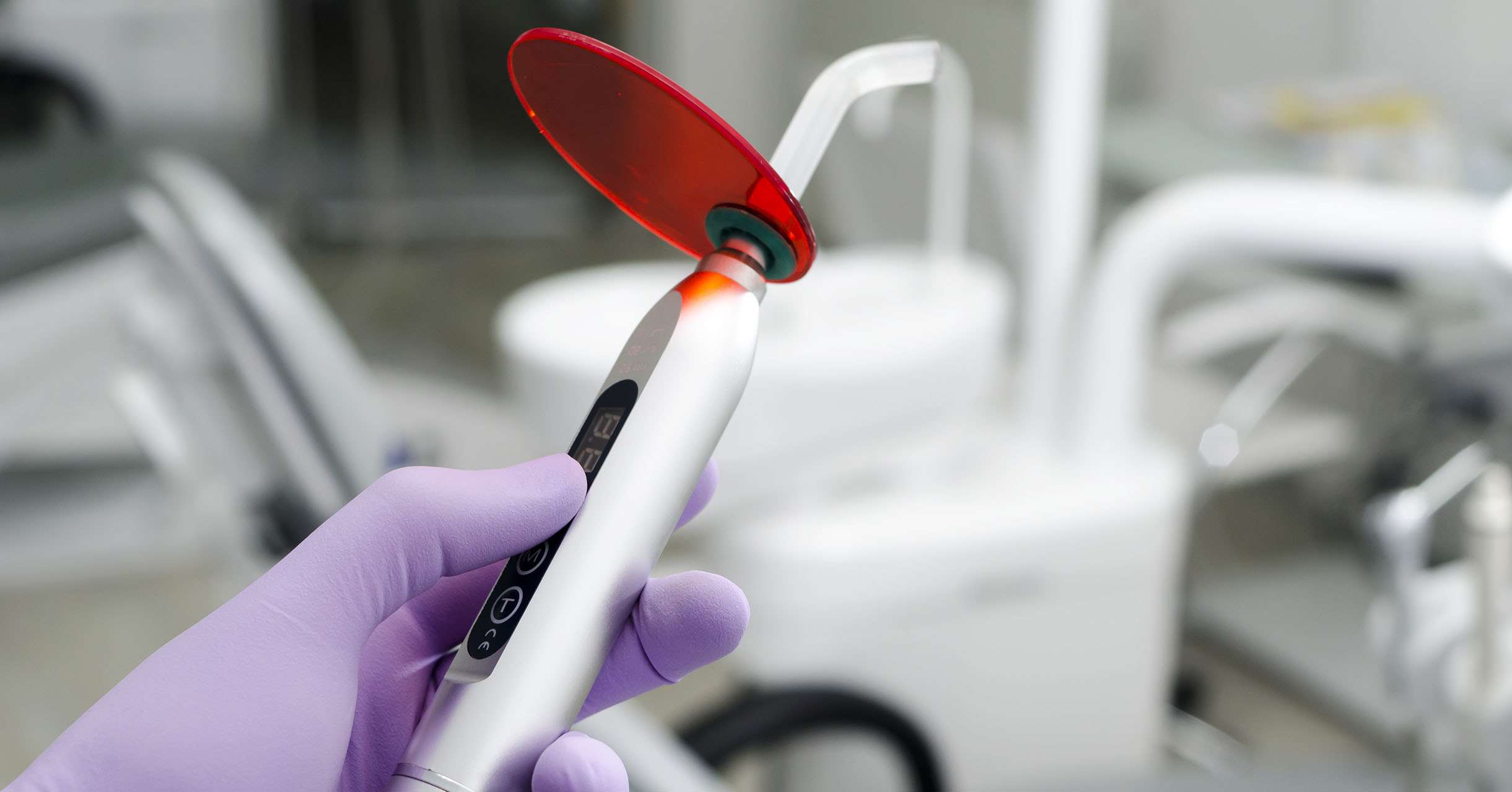In-Office Dental Technologies That a Digital Dentist Might Use

A digital dentist uses technology to make it easier for patients to get modern solutions to traditional dental diseases. These technologies have improved service provision and reduced time and labor costs for dentists.
Understanding dental technology
This tech has made diagnosis and treatment of dental issues more efficient and effective while making it easier for dentists to get immediate and more detailed information about a patient’s condition. The following are some of the dental technologies that a digital dentist may have in their office:
1. Cone beam CT
Cone beam computed tomography is a medical imaging technique that provides dentists with a 3D image of the patient’s teeth, nerve pathways, soft tissues and bones in a single scan. These devices provide oral surgeons with pre-surgical guides for placing dental implants, thus ensuring greater success rates.
2. Digital x-rays
Digital radiographs or digital x-rays capture images through a sensor and projects them onto a computer screen. Digital radiographs provide patients with greater comfort while reducing radiation exposure. Digital x-rays have also improved diagnostic accuracy by allowing dentists to magnify images.
3. Intra-oral camera
This is a camera that produces very accurate images of a patient’s teeth and oral structures. This allows the dentist to see the teeth and supporting structures clearly so that they can diagnose any dental issues and recommend the right treatment. Intra-oral cameras also help patients learn more about their oral hygiene practices, including where to focus more when brushing or flossing their teeth.
4. Diagnodent
This is a tool that uses sound pulses to help detect caries and cavities earlier than traditional methods. This early detection allows the dentist to commence treatment as soon as possible, reducing the amount of dental decay.
5. Optical scanners
Optical scanners are tools that help provide dentists with a digital map of the patient’s teeth. This is very useful when a dentist is creating impressions of the patient’s teeth anatomy. Traditional impressions involved cumbersome and bulky trays as well as unpleasant tasting materials. Thanks to optical scanners, a dentist can create a digital color map that helps them determine the shade, shape and character of teeth for cosmetic restoration.
6. TekScan
A TekScan or T-scan is a computer that uses an ultra-thin electric sensor to help evaluate the patient’s bite relationship.
7. CAD/CAM
Computer-assisted design or computer-assisted manufacture technology helps fabricate dental veneers, crowns, onlays and inlays using computerized milling technology. This allows the dentist to complete same-day restorations that would otherwise require two visits to finish.
8. Dental lasers
This is a type of laser that is specifically used in dental and oral surgeries. Dental lasers allow dentists to perform complex surgeries on hard tissues such as teeth and bones, as well as on soft tissues such as gums, with accuracy and precision. This technology causes less bleeding and less trauma to the surrounding areas, which spares patients from painful healing periods.
9. The wand
This is a computerized tool that helps dentists deliver anesthesia to the patient in a methodical manner. The pain patients feel with an injection is often the result of the pressure of the liquid anesthesia rather than the needle itself. By delivering the anesthesia slowly and gently, the wand makes injections painless.
Wrapping up
Digital dental technologies have made it easier for patients to receive the best possible treatment for oral issues. Discuss possible technologies with one of our digital dentists and discover how they can make your treatments convenient and comfortable.
That's not all…
Request an appointment in our Port Charlotte dentist office here: https://dragonflydentalportcharlotte.com.
Related Posts
Laser dentistry has revolutionized modern dental care, offering patients a more comfortable and efficient experience than traditional methods. Laser dentistry uses focused light energy, allowing dentists to perform various procedures with increased precision, reduced discomfort, and faster healing times. As this technology advances, it becomes an increasingly popular choice for routine treatments and more complex…
Laser dentistry is a less invasive way to treat gum disease. Continue reading to learn more about how laser dentistry is used to treat periodontal disease. Gum disease is caused by oral bacteria in plaque and tartar building up on teeth roots and gum pockets. Plaque, a sticky film that develops in the mouth, contains…
Laser dentistry has helped a lot of people. Thanks to advances in technology, medical professionals rely on laser treatments for all kinds of issues. Some examples include the removal of hair, spider veins, and polyps. Now, dentists rely on it too.This form of dentistry is a minimally invasive method of performing gum surgery. However, dentists…
A laser dentist uses innovative dental technology in the form of dental lasers (lights) to provide a less-invasive and more precise treatment, reducing the need for sedation and allowing for safe and effective procedures. Among other things, laser dentists can treat common cavities.Laser dentistry is a relatively new concept for many patients, and laser dentists…
